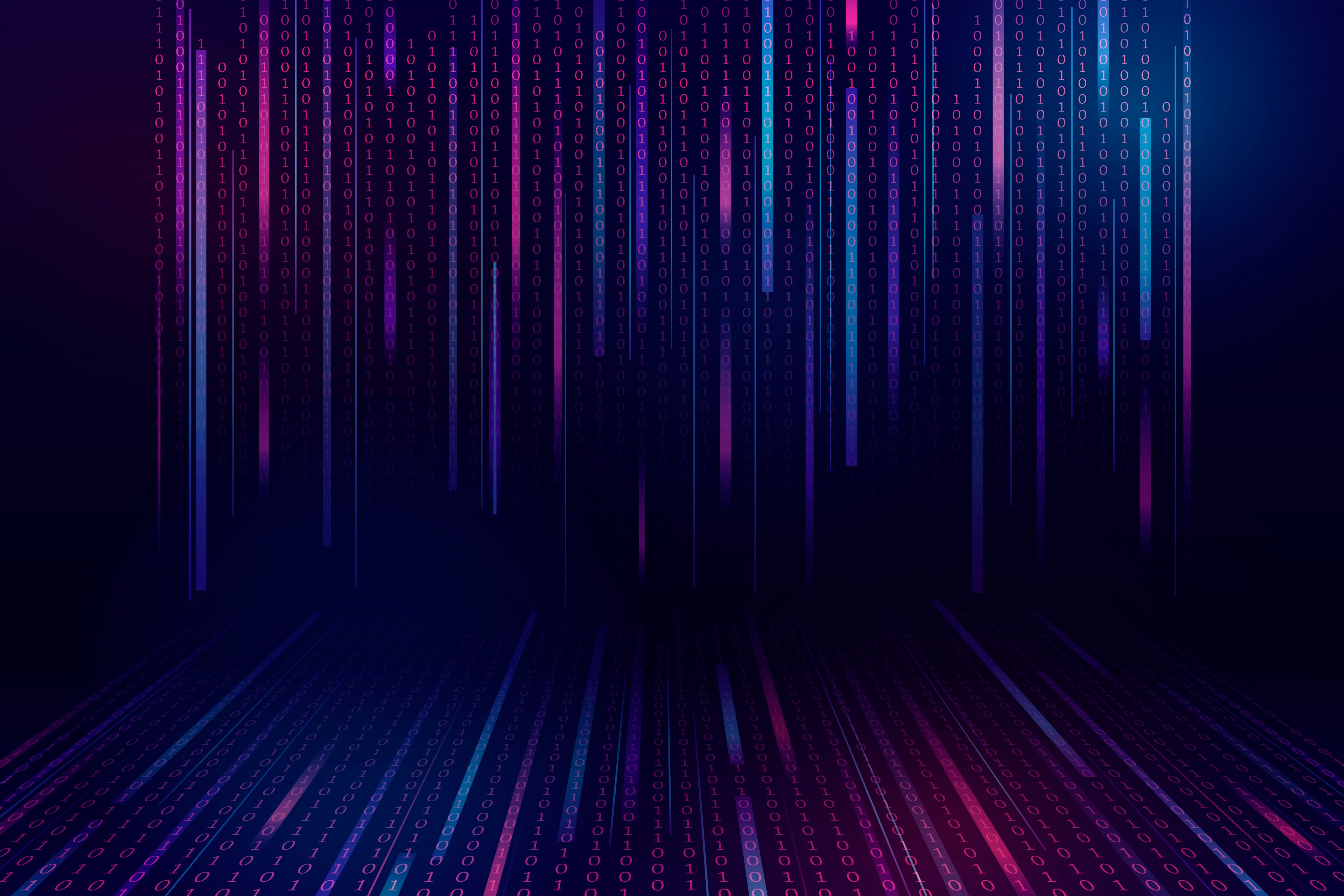Top Cybersecurity Trends of 2024: What You Need to Know
)
In 2024, cybersecurity professionals face a landscape that’s more complex than ever before. From the rise of AI-driven threats to the ongoing evolution of ransomware and the growing importance of Zero Trust, the challenges ahead demand a strategic, forward-thinking approach. Below, I’ll dive into the top trends shaping the cybersecurity landscape and what they mean for those tasked with defending organizations from an increasingly sophisticated array of threats.
1. The Double-Edged Sword of AI in Cybersecurity
Artificial Intelligence (AI) is revolutionizing the cybersecurity industry. On the defensive side, AI and machine learning are becoming integral to threat detection, incident response, and security automation. Tools are increasingly capable of identifying anomalies in vast data streams, helping security teams detect threats that might otherwise be missed. Automated systems can also act faster than humans, reducing the time to contain an attack.
However, the rise of AI-powered tools isn’t limited to defenders. Cybercriminals are increasingly using AI to launch more sophisticated attacks. AI can be used to craft highly personalized phishing emails, automate vulnerability discovery, or even generate deepfake content that manipulates trust. As generative AI models improve, we’re likely to see attacks that blur the lines between legitimate communication and malicious intent. This makes it imperative for cybersecurity teams to stay ahead of the curve, both in leveraging AI for defence and understanding how it can be weaponized.
2. Ransomware’s Evolution: Double Extortion Becomes the Norm
Ransomware continues to be a dominant threat, but 2024 has brought a new level of sophistication. **Double extortion**, where attackers not only encrypt sensitive data but also threaten to publicly release it, has become a standard tactic. This approach exerts additional pressure on victims to pay the ransom, even if they have backups or disaster recovery plans in place.
We’re also seeing the rise of Ransomware-as-a-Service (RaaS), enabling less technically skilled criminals to launch highly destructive attacks. These developments necessitate a proactive approach to ransomware defense. Beyond basic security hygiene, such as patching vulnerabilities and enforcing multi-factor authentication (MFA), organizations must have well-practiced incident response plans in place. Regular data backups, along with robust encryption protocols, are critical to minimizing the fallout of an attack.
3. Zero Trust Architecture (ZTA) Takes Center Stage
The Zero Trust model has gone from being a buzzword to a core tenet of modern cybersecurity strategies. As the concept of the traditional perimeter erodes, and the rise of hybrid workforces and cloud environments increases, the mantra of “never trust, always verify” has become essential.
In 2024, Zero Trust Architecture (ZTA) is evolving to include stronger identity and access management (IAM) protocols, micro-segmentation, and enhanced monitoring of user behaviour. This shift is not just a defensive strategy; it’s increasingly becoming a regulatory requirement in industries like finance and critical infrastructure. To successfully implement Zero Trust, organizations must focus on securing every endpoint, validating every identity, and ensuring visibility into all network traffic.
4. Quantum Computing: Preparing for a Post-Quantum Future
While quantum computing is still on the horizon for most organizations, the cybersecurity community is already grappling with its potential implications. Once fully realized, quantum computers will be able to break many of today’s widely-used encryption algorithms, including RSA and ECC. This could make much of our current cryptographic infrastructure obsolete overnight.
The focus in 2024 is on post-quantum cryptography—developing and adopting encryption algorithms that are resistant to quantum attacks. Governments, standards bodies, and large enterprises are beginning to explore how to transition to these new forms of encryption, but the process is still in its early stages. Cybersecurity professionals should be monitoring the developments in this space closely and preparing for a future where quantum-safe encryption will be a necessity.
5. Securing the Software Supply Chain
High-profile breaches like SolarWinds and Log4j have highlighted the vulnerabilities within the software supply chain. Attackers have realized that infiltrating a single weak link can provide them with access to hundreds or even thousands of organizations. In response, securing the software development lifecycle (SDLC) has become a top priority for security teams.
In 2024, the adoption of Software Bill of Materials (SBOMs) is gaining traction. SBOMs offer organizations visibility into the software components they rely on, making it easier to spot vulnerabilities in third-party code. Cybersecurity professionals should prioritize third-party risk assessments, secure coding practices, and continuous monitoring of their software ecosystems to mitigate supply chain risks.
6. Cloud Security in a Multi-Cloud World
As organizations continue to embrace multi-cloud strategies, securing these environments becomes a daunting challenge. Each cloud provider has its own set of tools, configurations, and potential vulnerabilities, making visibility and governance difficult. Misconfigurations remain one of the top security risks in cloud environments, often due to the sheer complexity of managing multiple platforms.
To address this, cybersecurity teams need to implement strong **Cloud Security Posture Management (CSPM)** solutions that provide unified visibility across cloud providers. Automated tools can help identify misconfigurations, ensure compliance, and alert security teams to unusual activity. Additionally, secure API management and **zero trust principles** are essential for protecting data as it moves between cloud services.
7. Data Privacy and Regulatory Compliance
The regulatory landscape is tightening, with governments worldwide increasing their focus on data privacy and security. The European Union’s Digital Operational Resilience Act (DORA) is one of the many new regulations forcing organizations to re-evaluate their cybersecurity and resilience strategies.
Similarly, stricter enforcement of the General Data Protection Regulation (GDPR) and the growing influence of privacy laws in the U.S., such as the California Consumer Privacy Act (CCPA), are pushing businesses to adopt stricter data protection policies. Organizations that fail to comply face not only fines but also reputational damage and loss of customer trust. Cybersecurity professionals must stay ahead of these regulations, ensuring their organizations remain compliant through data encryption, regular audits, and privacy-by-design principles.
8. Building a Cyber-Resilient Organization
The conversation around cyber resilience has gained momentum in 2024. The question is no longer just about preventing attacks, but how quickly an organization can recover from one. Cyber resilience is about building systems, processes, and teams that can withstand and bounce back from cyber incidents with minimal disruption.
This includes creating robust incident response plans, investing in disaster recovery and business continuity strategies, and regularly testing these systems. Cybersecurity teams must also focus on **security awareness training** for employees, as human error continues to be a major factor in breaches.
Conclusion: Adapt or Fall Behind
The cybersecurity landscape in 2024 is as dynamic as ever. New technologies like AI and quantum computing are reshaping both the attack and defence sides of the equation, while traditional threats like ransomware continue to evolve. At the same time, growing regulatory demands and the complexities of securing multi-cloud environments and supply chains require vigilance and adaptability.
For cybersecurity professionals, the key to success lies in staying informed, embracing proactive security measures, and adopting a mindset of continuous improvement. The threats will not disappear, but with the right strategies and tools, they can be managed effectively.

Roy Whitehead is a veteran CISO, author, speaker, founder and PD who’s expertise covers both Cyber Security and Industrial OT. He has nearly three decades of professional experience across diverse industries, including Financial Services, Retail, Travel, FMCG, Manufacturing, Energy, Government, and Construction.
He’s also a seasoned delivery professional having also led major business and technology programmes too, he excels in selling, simplifying, transforming and commercially-focusing security delivery using a value-for-money and risk-centric approach.
He currently offers fractional, CISO as a service, programme delivery and full-time CISO help.


